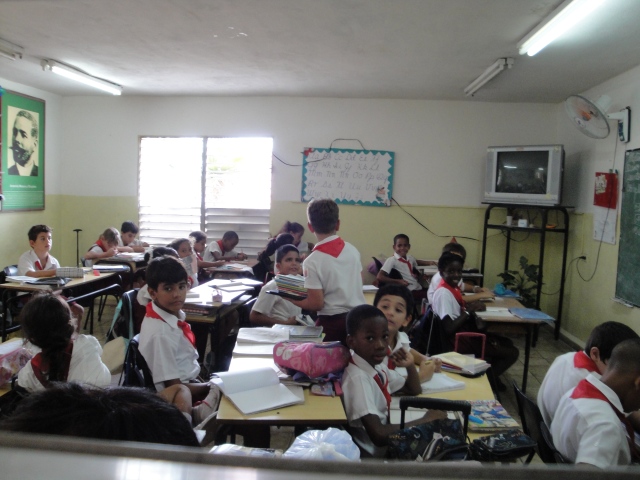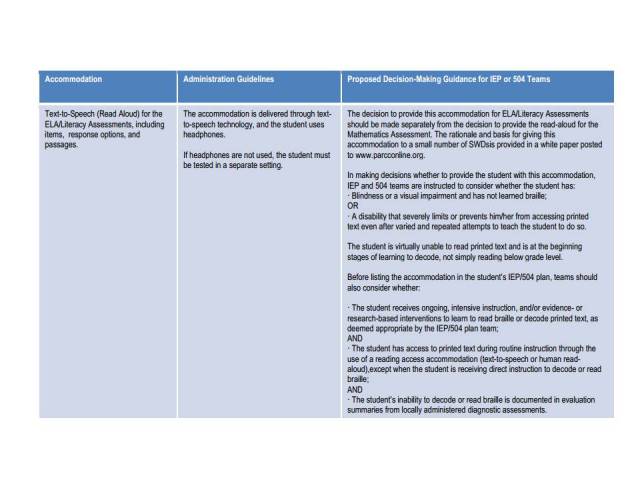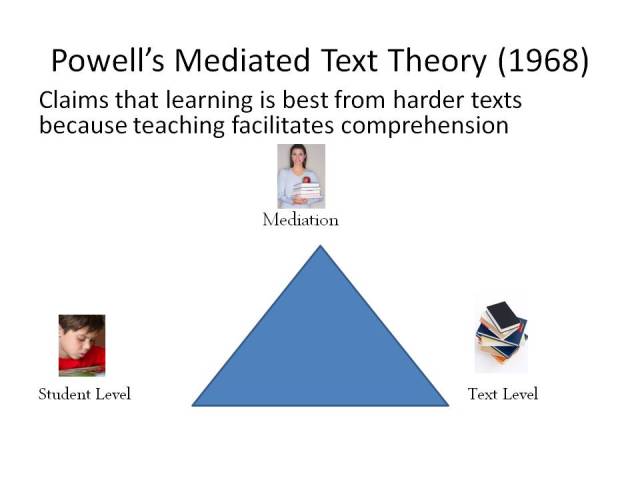Cuba is a fascinating diverse island nation with a complex history and a rich culture. While on the island, I got the opportunity to visit a teacher preparation program within a university, an elementary school, and a school for individuals with physical challenges. The purpose of my visit to Cuba was to investigate the impact of the 1961 Cuban literacy project and its long term effects on the general public.

School Children
The Cuban literacy project of 1961 helped to eradicate illiteracy on this island nation. As a result of this project, Cuban males and females ages 15 and over have a literacy rate of 99.8% (C.I.A World Factbook, nd). Rates of this level in a developing nation are quite impressive. Hence, one could ask how would 15 year old Cuban students compare to the rest of the world on the Programme for International Student Assessment (PISA). I make this conclusion because PISA’s definition of reading is “understanding, using, reflecting on and engaging with written texts, in order to achieve one’s goals, to develop one’s knowledge and potential, and to participate in society.” (OECD, 2009, p. 23). What I witnessed in Cuba was students comprehending, using, and reflecting on written text in order to achieve a goal. However, at the core of the literacy program is a differentiated set of texts that primarily focus on the central theme of socialism. This caused me to wonder, what is literacy when it is being used to control?
 After traveling to Cuba in 2011 with a research delegation associated with the International Reading Association, I submit that Cuba’s literacy rate of 99.8% is more functional than critical in nature. Eames (2002) argued that critical literacy is the highest stage of literacy on the hierarchy. Critical literacists such as Lankshear and McLaren (1993), and Giroux (1993) argued that literacy is social, ideological, plural, critical, ethical, emancipatory, and political. Thus critical literacy “goes beyond a skills-based approach [and is] based on higher level comprehension and interpretation of complex issues by introducing a decidedly socio-political and ideological dimension” (Phelps, 2010, p. 192). Hence, one could assert that the Cuban pedagogical and curricular absolutism yields high functional literacy rates while creating situated literacies that solely serve Cuban autocracy.
After traveling to Cuba in 2011 with a research delegation associated with the International Reading Association, I submit that Cuba’s literacy rate of 99.8% is more functional than critical in nature. Eames (2002) argued that critical literacy is the highest stage of literacy on the hierarchy. Critical literacists such as Lankshear and McLaren (1993), and Giroux (1993) argued that literacy is social, ideological, plural, critical, ethical, emancipatory, and political. Thus critical literacy “goes beyond a skills-based approach [and is] based on higher level comprehension and interpretation of complex issues by introducing a decidedly socio-political and ideological dimension” (Phelps, 2010, p. 192). Hence, one could assert that the Cuban pedagogical and curricular absolutism yields high functional literacy rates while creating situated literacies that solely serve Cuban autocracy.
Situated literacy is a form of social practice that utilizes literacy events and activities (Hamilton, 2000). Literacy events are defined as observable episodes in which literacy has a role (Barton & Hamilton, 1998). Abstract literacy practices shape the literacy events (Pinsent-Johnson, 2004). These abstract yet complex literacy practices encompass the values, attitudes, feelings, and social relationships that individuals bring to literacy activities (Pinsent-Johnson, 2004). Therefore, literacy is tied to people, settings, tools, and actions of culturally-bound activities (Pinsent-Johnson, 2004).
Situated literacy is based on situated cognition theory. Situated cognition theory “claims that every human thought is adapted to the environment, that is, situated, because what people perceive, how they conceive of their activity, and what they physically do develop together” (Driscoll, 2005, p. 157). Situated cognition theory emphasizes sociocultural settings and the activities of the people within that setting in contrast to the cognitive information processing theory, which focuses on the individual (Driscoll, 2005). Within these sociocultural settings lies the ability to construct new knowledge using the intellectual tools of one’s culture within a co-constitutive process.
Worthman and Kaplan (2001) noted that during their visit to Cuba, most of its people defined their world verbally but were “unable to define their lives within the context of desired action or of what needed to be done to change their circumstance” (p. 649). They also noted that Cuba’s literacy instruction has an emphasis on mastering the mechanical aspects of reading, similar to remedial programs used in the US, and the acquisition of the political and moral messages contained in the reading books (Worthman and Kaplan, 2001). “Oral reading and oral response to teacher questions foster rote acquisition of story content that, based on students’ enthusiastic yet mechanistic response, appears to be repeated from story to story even as the characters and settings change” (Worthman and Kaplan, 2001, p. 654). Like Worthman and Kaplan, I argue that Cuban literacy is “grounded in an objectified, authoritarian presentation and understanding of the world” (p. 655). This form of situated literacy has freed Cubans from the oppression of one totalitarian regime, while apparently leaving them with an insufficient number of emancipatory ideas for dealing with the current regime (Worthman and Kaplan, p. 655).
For this reason, I liken the Cuban literacy project of 1961 to Plato’s cave. A native Cuban student is like the prisoner in the cave. He or she receives reading instruction that is functional and solely useful for processing and comprehending the shadows on the wall without critique, confining his or her ability to discover his or her true being. 
References:
Central Intelligence Agency (nd). Central America and Caribbean: Cuba. Retrieved November 6, 2011, from The Central Intelligence Agency World Fact Book: https://www.cia.gov/library/publications/the-world-factbook/geos/cu.html
Driscoll, M. P. (2005). Psychology of Learning for Instruction. Boston: Allyn & Bacon.
Eames, F. H. (2002). Changing definitions and concepts of literacy: implications for pedagogy and Research, in G. Reid and J. Wearmouth (eds.) Dyslexia and Literacy: theory to practice; John Wiley and Sons : NY
Giroux, H. (1993). Literacy and the politics of difference. In C. Lankshear and P. McLaren (Eds.), Critical literacy: Politics, praxis, and the postmodern (pp. 367-377). Albany, NY: SUNY Press.
Hamilton, M. (2000). Expanding the new literacy studies: Using photographs to explore literacy as social practice. In D. Barton, M. Hamilton, & R. Ivanič (Eds.), Situated literacies: Reading and writing in context (pp. 16-34). London: Routledge.
Lankshear, C. & McLaren, P. (1993). Critical Literacy: Politics, praxis, and the postmodern. Albany, NY: SUNY Press.
OECD. (2009). PISA 2009: Assessment Framework Key competencies in reading, mathematics and science. Paris, France.
Phelps, S.. (2010). Critical Literacy: Using Nonfiction to Learn About Islam. Journal of Adolescent & Adult Literacy, 54(3), 190-198. Retrieved November 6, 2011, from ProQuest Education Journals. (Document ID: 2190508801).Pinsent-Johnson, C. (2004). What does sociocultural learning and literacy look like in an adult employment preparation program? Retrieved November 6, 2011, from National Adult Literacy Database: http://www.nald.ca/library/research/aempprep/aempprep.pdf
Worthman, C. & Kaplan, L. (2001). Literacy education and dialogical exchange: Impressions of Cuban education in one classroom. The Reading Teacher, 54(7), 648-656. Retrieved November 6, 2011, from Research Library. (Document ID: 70443378).








 After traveling to Cuba in 2011 with a research delegation associated with the International Reading Association, I submit that Cuba’s literacy rate of 99.8% is more functional than critical in nature. Eames (2002) argued that critical literacy is the highest stage of literacy on the hierarchy. Critical literacists such as Lankshear and McLaren (1993), and Giroux (1993) argued that literacy is social, ideological, plural, critical, ethical, emancipatory, and political. Thus critical literacy “goes beyond a skills-based approach [and is] based on higher level comprehension and interpretation of complex issues by introducing a decidedly socio-political and ideological dimension” (Phelps, 2010, p. 192). Hence, one could assert that the Cuban pedagogical and curricular absolutism yields high functional literacy rates while creating situated literacies that solely serve Cuban autocracy.
After traveling to Cuba in 2011 with a research delegation associated with the International Reading Association, I submit that Cuba’s literacy rate of 99.8% is more functional than critical in nature. Eames (2002) argued that critical literacy is the highest stage of literacy on the hierarchy. Critical literacists such as Lankshear and McLaren (1993), and Giroux (1993) argued that literacy is social, ideological, plural, critical, ethical, emancipatory, and political. Thus critical literacy “goes beyond a skills-based approach [and is] based on higher level comprehension and interpretation of complex issues by introducing a decidedly socio-political and ideological dimension” (Phelps, 2010, p. 192). Hence, one could assert that the Cuban pedagogical and curricular absolutism yields high functional literacy rates while creating situated literacies that solely serve Cuban autocracy.

